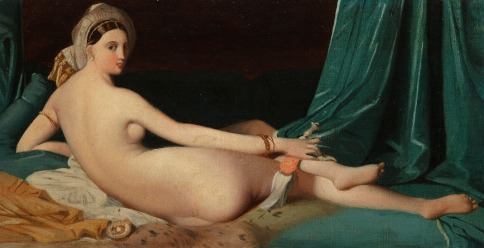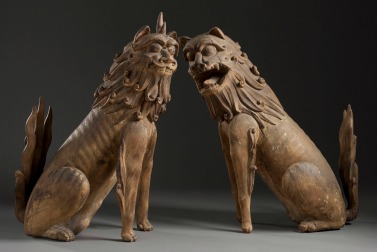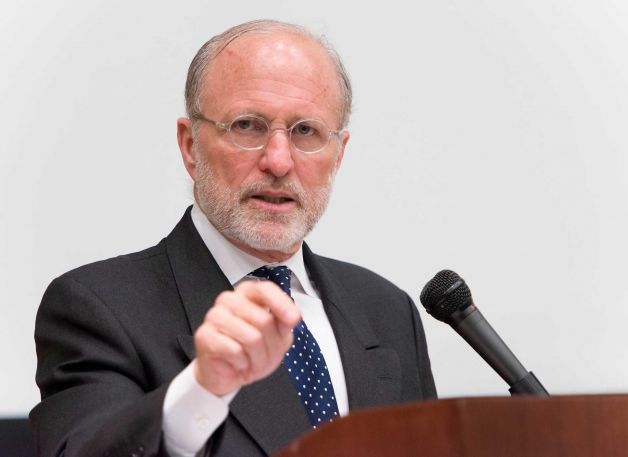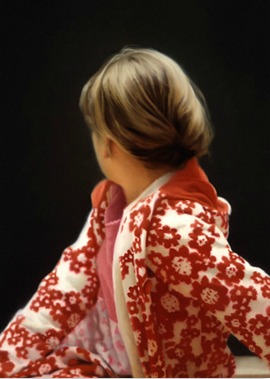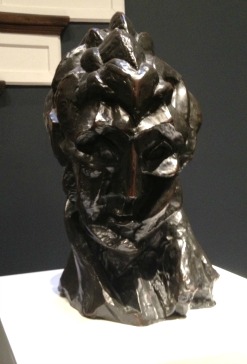 In 2012, the Royal Academy in London had a total winner on its hands, in my opinion, with Bronze, an exhibition of about 150 bronzes from all over the world, dating from 5,000 years ago to the present. Robert Mnuchin, the dealer, thought so too:
In 2012, the Royal Academy in London had a total winner on its hands, in my opinion, with Bronze, an exhibition of about 150 bronzes from all over the world, dating from 5,000 years ago to the present. Robert Mnuchin, the dealer, thought so too:
We were struck by the dazzling breadth of inventiveness and the vast range of visual effects at play in the five centuries of bronze objects that the show brought together. After returning to New York, we could not get the show out of our heads. When we learned the exhibition would not be traveling outside of London, we decided that the experience of Bronze was one that New York audiences simply should not have to miss. We asked ourselves what we could do that would reflect the level of quality of the London show, concluding that we would be most successful if we focused on masterworks from the twentieth century.
And then they hired David Ekserdjian, curator of the RA show, to co-curate and write an essay for the exhibition that opened last week at Mnuchin: Casting Modernity: Bronze in the XXth Century.
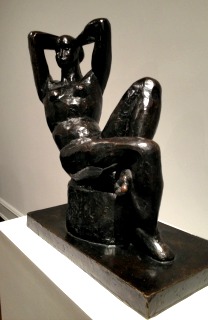 This is one of the gallery shows that a museum would be proud to do. It includes many borrowed works that are presumably not for sale, as well as bronzes you can buy, assuming you have the wherewithal. The first room for example, contains Picasso’s Head of a Woman (Fernande), above at right, from The Leonard A. Lauder Cubist Trust and all five of Matisse’s Jeannettes (below right), borrowed from Glenstone, the private museum of Mitchell Rales. Matisses Grand nu assis (at left), from a private collection, is also there.
This is one of the gallery shows that a museum would be proud to do. It includes many borrowed works that are presumably not for sale, as well as bronzes you can buy, assuming you have the wherewithal. The first room for example, contains Picasso’s Head of a Woman (Fernande), above at right, from The Leonard A. Lauder Cubist Trust and all five of Matisse’s Jeannettes (below right), borrowed from Glenstone, the private museum of Mitchell Rales. Matisses Grand nu assis (at left), from a private collection, is also there.
It also includes works by Twombly, David Smith, Lichtenstein, Bourgeois, Arp, Koons, de Kooning and others. There are more than 30 works in all.
Ekserdjian writes:
This extraordinarily bold hanging sculpture best illustrates the enormous distance that separates the artistic universe of the close of the millennium from Rodin’s world. It goes without saying that all these pieces have been carefully chosen — in the first instance — for their intrinsic artistic merits. Nevertheless, seen as a whole they cannot fail to suggest all sorts of intriguing and illuminating alliances and even rivalries both stylistic and perhaps especially thematic.
 Ekserdjian categorizes these bronzes as he did for the RA show, analyzing them by grouping them as heads, animals and so on. With fewer objects, this — to me — is a little less satisfying, not more. Art history is never simple. Indeed, the essay concludes:
Ekserdjian categorizes these bronzes as he did for the RA show, analyzing them by grouping them as heads, animals and so on. With fewer objects, this — to me — is a little less satisfying, not more. Art history is never simple. Indeed, the essay concludes:
…the gulf that separates Rodin’s Thinker from Nauman’s Untitled (Hand Circle) is a vast one. What is more, the intervening works and decades cannot be reduced to anything approximating a simple formulaic progression. On the contrary, it is the twists and turns — the absence of a linear history — that make the panorama of bronze sculpture in the twentieth century so boundlessly fascinating. As a result, no anthology — even when it brings together so many stunning pieces — can hope to be entirely representative, but it can instead encourage us to see both the familiar and the unexpected in a new light. For each of us, which bronzes fall into which of those categories will be very different, but even the best informed will be bound to learn from the experience…
The exhibit will be on view until June 7. If you are in the neighborhood of East 78th Street, a visit would be well worth it.
Photo Credits: © Judith H. Dobrzynski Â

